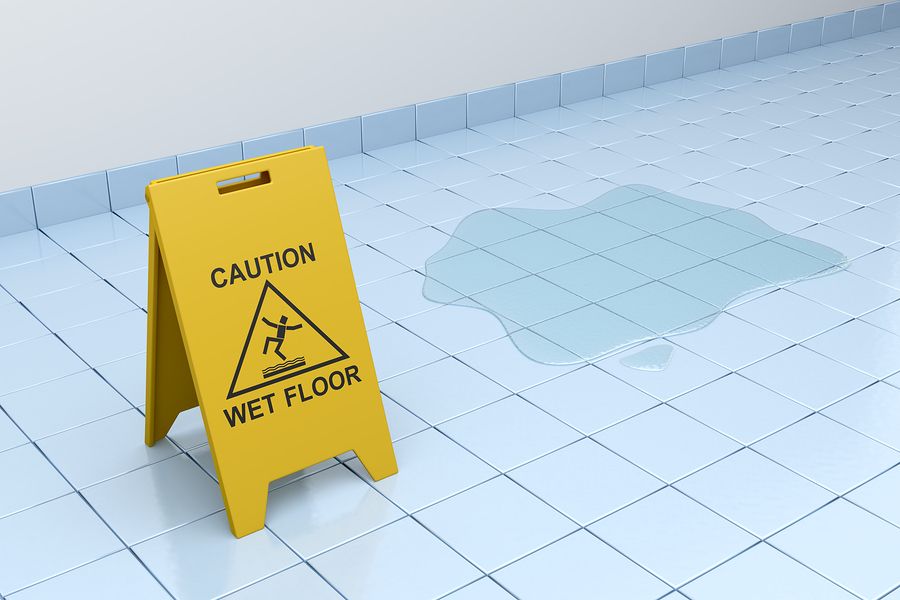Open-and-Obvious Doctrine Saves Save-A-Lot from Liability
Slip-and-Fall cases can cost a company substantial dollars. As just one example, in Cintron-Colon v. Save-A-Lot, Ms. Clinton-Colon was shopping at an Ohio Save-A-Lot when she slipped on “a bright yellow liquid and fell.” Largely due to the nature of the puddle being bright yellow the court concluded that the “liquid would have been observable to a reasonable person. Therefore, the puddle was an open-and-obvious condition and the store owed no duty to the appellant (Ms. Clinton-Colon) to warn of its existence.”
For slip and fall cases, the Supreme Court of Ohio adheres to the open-and-obvious doctrine, which directs a court’s attention to “the nature of the dangerous condition itself, as opposed to the nature of the plaintiff’s conduct in encountering it.” Therefore, the open-and-obvious doctrine requires an objective analysis that looks to whether a “reasonable person would deem the danger open-and-obvious,” rather than the subjective opinion of the victim.
Whether a hazard is visible is not the sole consideration of the open-and-obvious doctrine, the attendant circumstances must also be considered. Attendant circumstances encompass all the facts involved with the accident. If a distraction occurred that would reduce a reasonable person’s attention, the distraction must be taken into account and a reduction of the amount of care expected.
Not all puddles are bright yellow and carry a strong presumption of being open-and-obvious. Especially in the winter season, floors become wet for a variety of reason and become slipping hazards that could cost you millions. To reduce the probability you are found liable for a slip and fall case, you can post signs indicating the floor is wet at your store entrance. As was held in Finzzo v. Speedway, a Michigan case, “Regardless of whether the wet floor itself was an open and obvious condition, the wet floor signs posted at each store entrance to warn customers of a potential risk certainly were.” The court further elaborated, “The proper display of a wet floor sign makes the danger associated with a wet floor open and obvious as a matter of law, and is in fact why such signs are used.”
Authored by Sarah Perez & Chad Trownson


